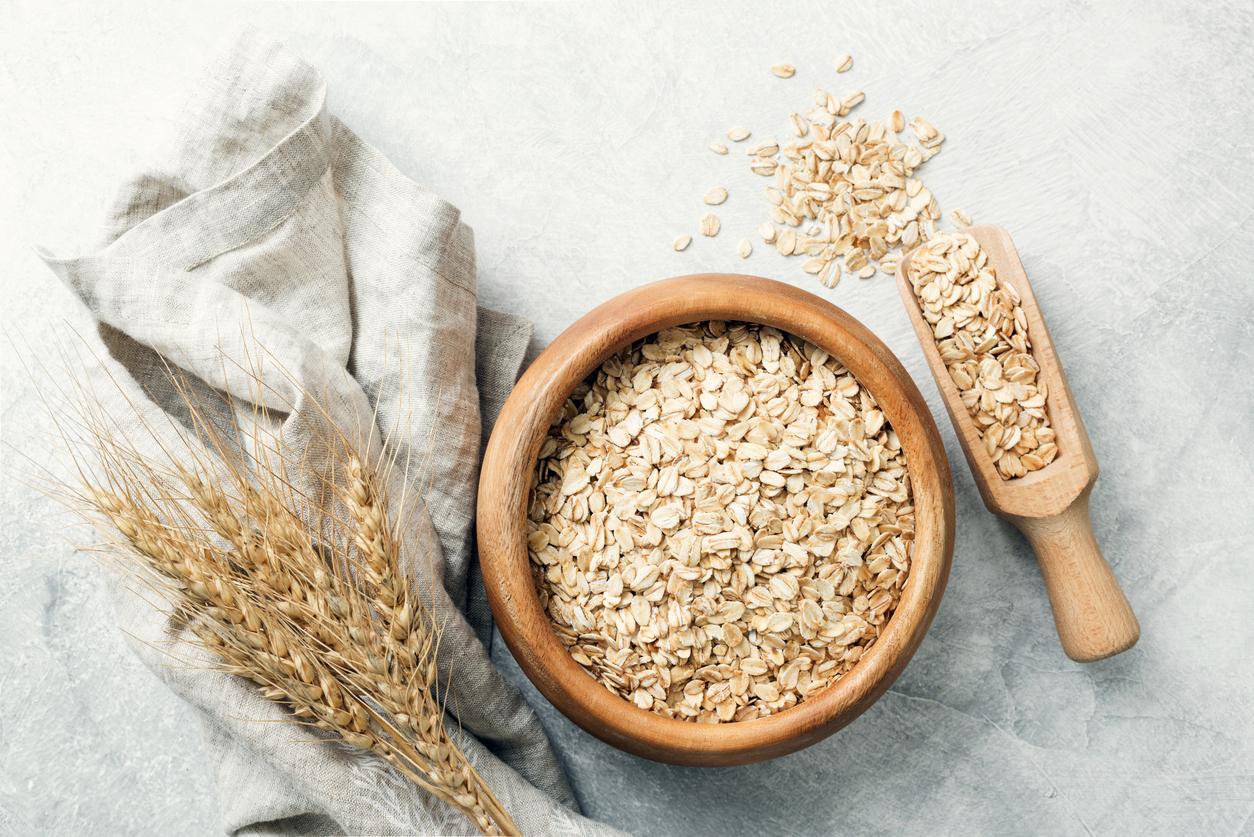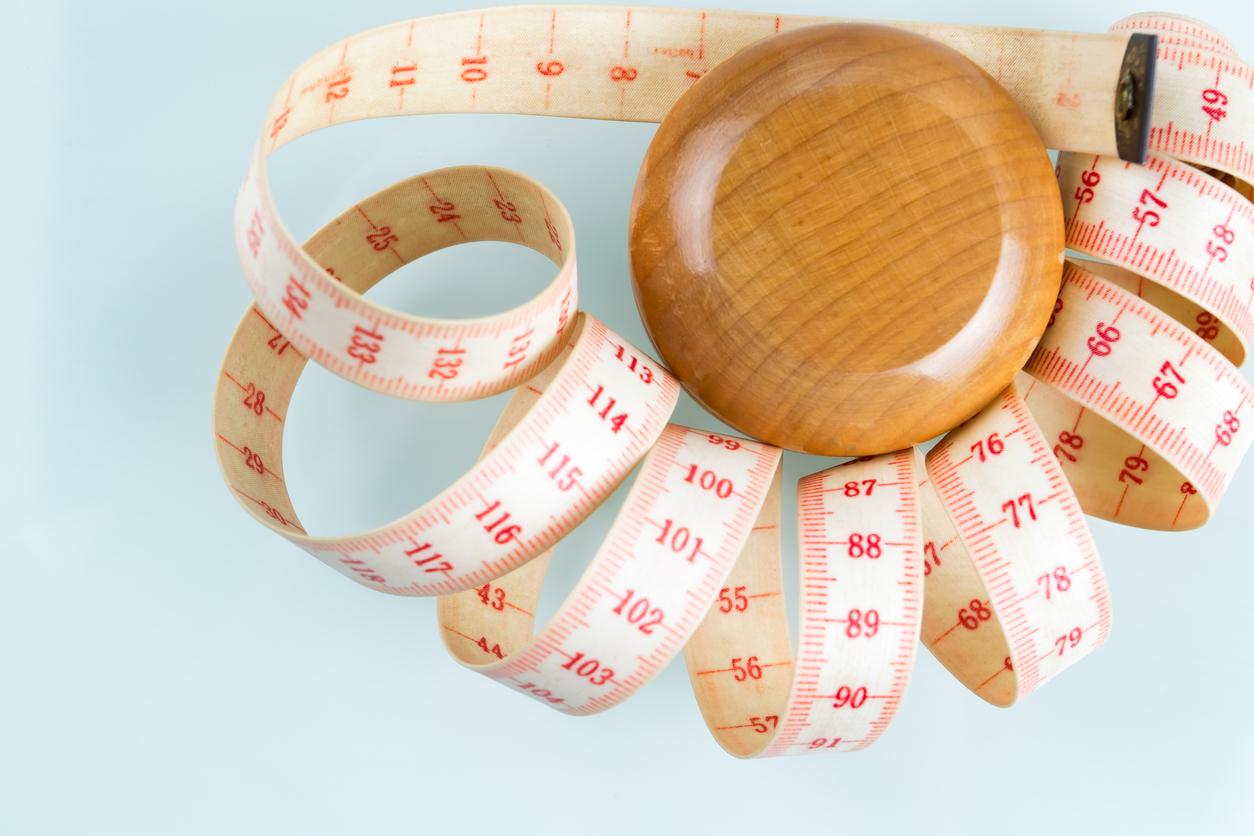September 18, 2008 – Controlling your weight with low energy density foods is “more than a Palice truth”, says Angelo Tremblay, Canada Research Chair in Physical Activity, Nutrition and Energy Balance at Laval University.
The benefit of consuming foods with a low calorie-to-volume ratio, such as most fruits and vegetables and whole grains, is a consensus among researchers, he adds. “The low caloric density of foods is associated with good dietary practices that predict less weight gain over the years,” explains the researcher, also a specialist in obesity.
This is what emerges from a recent study of 186 women aged 24 to 47 years. For six years, the team of researchers scrutinized the participants’ eating habits and repeatedly measured their body mass index (BMI).
Women on a high energy density diet containing less water, fiber and more fat per volume gained an average of 6.4 kg. For their part, those who ate foods with low energy density gained 2.5 kg.
Why, however, did the diet of the participants in the second group not prevent weight gain? Even this group did not eat as many fruits and vegetables as recommended, says Angelo Tremblay. “And having a low calorie intake is a step in the right direction, but it’s not enough to curb weight gain. Other factors cause the opposite, such as lack of sleep, pollution and stress, ”he adds.
The television would also contribute to the intake of calories, even during meals at the family table. “When you nibble in front of the TV, it’s not always pieces of celery, illustrates Angelo Tremblay. And during the meal, attention is diverted from signals of satiety. “
|
How do you calculate the energy density of a food? Energy density = the amount of calories per gram of food (cal / g). Low energy density means more food for the same number of calories. Factors that influence energy density are the water, dietary fiber and fat in a food. The presence of water and fiber decreases energy density, while the amount of fat increases it. However, it is the amount of water present in a food that most determines its energy density. |
Mélanie Robitaille – PasseportSanté.net
1. Savage JS, Marini M, Dietary energy density predicts women’s weight change over 6 y, Am J Clin Nutr. 2008 Sep; 88 (3): 677-84.















